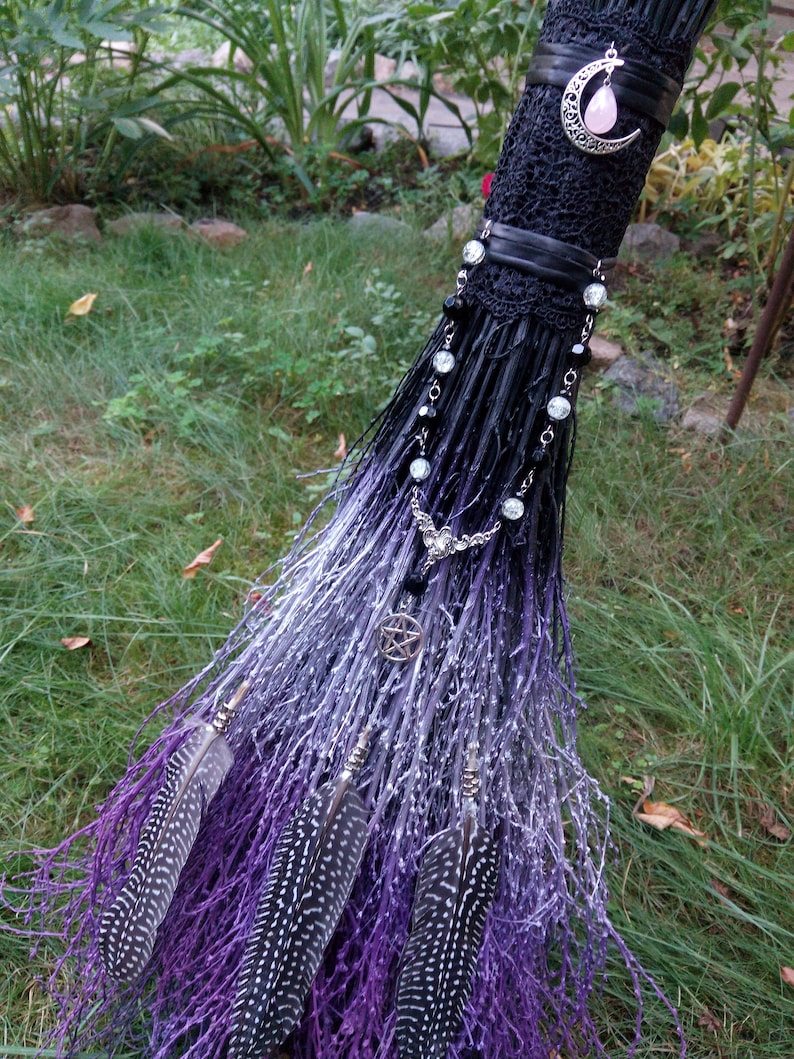

She would “smear the ointment on the stick, put it between her legs and say ‘Go, in the name of the Devil, go!’” Hallucinogens of the time, such as ergot fungus, couldn’t just be eaten. They could be applied to mucous membranes, such as on genitalia, or those “other hairy places,” as Bergamo coyly put it. Matt Soniak at Mental Floss quotes Antoine Rose, who in 1477, when accused of witchcraft in France, confessed that the Devil gave her flying potions. The vulgar believe, and the witches confess, that on certain days or nights they anoint a staff and ride on it to the appointed place or anoint themselves under the arms and in other hairy places. You might be able to guess where this is going. Megan Garber at the Atlantic cites the 15th-century writing of Jordanes de Bergamo, who stated: Just a few years later, in 1456, emerged the mention of “ flying ointment.” Either given by the devil or crafted by a witch, the potion allowed a human to take flight, likely for a trip to the Witches’ Sabbath.Īlbert Joseph Penot, “Départ pour le Sabbat” (1910) (via Wikimedia) Yet it was racier than that. Richard Cavendish’s 1970 An Illustrated Encyclopedia of the Supernatural cites a man, Guillaume Edelin, who confessed to flying on a broom in 1453 as the first known reference to the act. And pagan rituals before the 15th century had involved phallic forms, so the shape of the broomstick between a woman’s legs had both a sexual and spiritually deviant meaning to the Church. Francisco Goya, “Linda maestra!” (1797-98), etching, aquatint, and drypoint on laid paper (via Brooklyn Museum/Wikimedia)ĭylan Thuras at Atlas Obscura wrote that the “broom was a symbol of female domesticity, yet the broom was also phallic, so riding on one was a symbol of female sexuality, thus femininity and domesticity gone wild.” The two women in Le Champion des Dames importantly don’t appear deformed or grotesque, they are ordinary their corruption cannot be visually perceived.


 0 kommentar(er)
0 kommentar(er)
